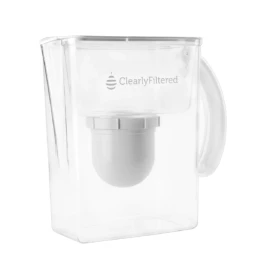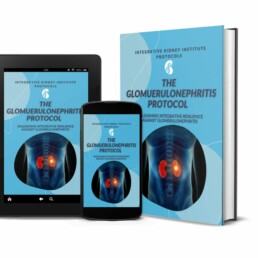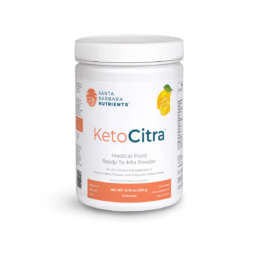Kidney health is a critical component of our overall well-being, and with glomerulonephritis ranking as the third leading cause of kidney disease globally, it’s time to spotlight an innovative approach to treatment. Our website is proud to introduce the new Glomerulonephritis Protocol, a comprehensive pathway that addresses not just the symptoms but the root causes of autoimmune kidney diseases.
By Majd Isreb, MD, FACP, FASN, IFMCP
Understanding glomerulonephritis
Glomerulonephritis (GN) is an autoimmune condition that affects the kidneys’ ability to filter waste from your blood. It’s a silent assailant that often goes unnoticed until significant damage has occurred. It primarily affects the glomeruli, which are tiny blood vessels that filter the blood in the kidneys.
Join us to end the kidney disease epidemic
The shortcomings of the conventional approach
Conventional approaches for GN have often been reactive rather than proactive. They largely ignore the complex interplay of factors that contribute to these diseases. It also neglects the root causes of these disorders. Our protocol offers an alternative by embracing the multifaceted nature of GN and providing a patient-centered approach that conventional methods lack.
Embracing integrative approach
Integrative medicine combines conventional treatment with evidence-based alternative therapies, considering all aspects of lifestyle. This is the foundation of our Glomerulonephritis Protocol—a paradigm shift towards a more empathetic, holistic form of care that sees beyond the disease to the person it affects.
The autoimmune kidney and our protocol
Our protocol explains the kidney’s unique vascular structure, which makes it vulnerable to long-term damage by autoimmune attacks. By addressing the autoimmune aspect of GN, we aim to preserve kidney function and prevent long-term damage.
Types and symptoms of glomerulonephritis
The protocol encompasses various types of GN, each with unique symptoms and challenges. Conventionally, glomerulonephrites can generally be classified into two categories: “primary” and “secondary.” In primary GN, the kidney is the sole apparent site of autoimmune injury. Conversely, secondary GN manifests as kidney injury accompanying a systemic autoimmune or non-autoimmune disease.
Primary glomerulonephritis includes those like IgA nephropathy, Focal segmental glomerulosclerosis (FSGS), and Membranous nephropathy.
Understanding the different types of GN is crucial for accurate diagnosis and selection of the most effective treatment strategy. However, it is vital to recognize that the classification of GN types is primarily based on the pathological features observed under the microscope. While this information is valuable in describing the disease’s pattern of injury, it often does not identify the underlying root cause of the specific GN.
Glomerular injury can give rise to various symptoms and signs as it disrupts the kidney’s intricate filtration process. For instance, protein may appear in the urine—a condition known as proteinuria— due to leakage through the compromised capillary walls of the glomeruli. Blood may also appear in the urine (hematuria) due to ruptured glomerular capillaries.
Addressing the four roots of glomerulonephritis
The Glomerulonephritis Protocol identifies and tackles the four roots of the disease: predisposition, triggers, mediators, and inflammation. This comprehensive approach ensures that all aspects of the disease are addressed, offering a more effective treatment pathway. It focuses on preventing further injury and rebalancing the immune response while allowing medical therapy to take effect.
The bottom line
The Glomerulonephritis Protocol on our website represents a leap forward in autoimmune kidney disease management. We invite you to explore this innovative approach, which promises a brighter future for kidney health. For more information and to see how the protocol can benefit you or your loved ones, find it here.








